
Trees near volcanoes might be the early warning signs scientists have been looking for — and now, they can be watched from space.
A NASA-Smithsonian collaboration has revealed that carbon dioxide released from rising magma makes surrounding vegetation greener, a subtle but trackable signal. Using satellite imagery and ground validation, researchers are crafting a powerful new way to detect volcanic unrest before it erupts into disaster, potentially saving thousands of lives.
Trees as Volcanic Warning Signals From Space
It turns out that trees can help warn us when a volcano is getting ready to erupt. Scientists have long known that changes in tree leaves, like becoming greener or more lush, can signal volcanic activity nearby. Now, thanks to an exciting collaboration between NASA and the Smithsonian Institution, researchers believe they can spot these changes from space.
As magma moves upward through the Earth’s crust, it releases gases like carbon dioxide. Trees absorb this carbon dioxide, and in response, their leaves often grow more vibrant and healthy-looking. Using powerful tools like NASA’s Landsat 8 satellite, along with airborne instruments flown as part of the Airborne Validation Unified Experiment: Land to Ocean (AVUELO), scientists are now able to detect these subtle signs from above.

The Importance of Early Warnings
Roughly 10 percent of the global population lives in areas at risk from volcanic hazards. For people living close to volcanoes, an eruption can bring intense dangers—including flying rocks, thick ash, and waves of scorching gases. Even those farther away can face serious threats like mudslides, falling ash, or even tsunamis triggered by volcanic explosions.
Since there’s no way to stop a volcano from erupting, spotting the early signs of activity is vital for keeping people safe. According to the U.S. Geological Survey, the United States ranks among the most volcanically active countries in the world.
Before a volcano erupts, rising magma releases a mix of gases, including carbon dioxide and sulfur dioxide. While sulfur dioxide is easier to detect from space, the carbon dioxide that escapes earlier in the process is much harder to spot. And yet, this early release of carbon dioxide could offer one of the clearest first signs that a volcano is waking up.

Vegetation as a Proxy for Volcanic Emissions
The remote detection of carbon dioxide greening of vegetation potentially gives scientists another tool — along with seismic waves and changes in ground height—to get a clear idea of what’s going on underneath the volcano. “Volcano early warning systems exist,” said volcanologist Florian Schwandner, chief of the Earth Science Division at NASA’s Ames Research Center in California’s Silicon Valley, who had teamed up with climate scientist Josh Fisher of Chapman University in Orange, California and and volcanologist Robert Bogue of McGill University in Montreal a decade ago. “The aim here is to make them better and make them earlier.”

Invisible Signals: Tricky CO2 Detection
“Volcanoes emit a lot of carbon dioxide,” said Bogue, but there’s so much existing carbon dioxide in the atmosphere that it’s often hard to measure the volcanic carbon dioxide specifically. While major eruptions can expel enough carbon dioxide to be measurable from space with sensors like NASA’s Orbiting Carbon Observatory 2, detecting these much fainter advanced warning signals has remained elusive. “A volcano emitting the modest amounts of carbon dioxide that might presage an eruption isn’t going to show up in satellite imagery,” he added.
Because of this, scientists must trek to volcanoes to measure carbon dioxide directly. However, many of the roughly 1,350 potentially active volcanoes worldwide are in remote locations or challenging mountainous terrain. That makes monitoring carbon dioxide at these sites labor-intensive, expensive, and sometimes dangerous.

Teaming Up to Track Tree Responses
Volcanologists like Bogue have joined forces with botanists and climate scientists to look at trees to monitor volcanic activity. “The whole idea is to find something that we could measure instead of carbon dioxide directly,” Bogue said, “to give us a proxy to detect changes in volcano emissions.”
“There are plenty of satellites we can use to do this kind of analysis,” said volcanologist Nicole Guinn of the University of Houston. She has compared images collected with Landsat 8, NASA’s Terra satellite, ESA’s (European Space Agency) Sentinel-2, and other Earth-observing satellites to monitor trees around the Mount Etna volcano on the coast of Sicily. Guinn’s study is the first to show a strong correlation between tree leaf color and magma-generated carbon dioxide.
Ground Truth: Airborne Missions and Tree Sampling
Confirming accuracy on the ground that validates the satellite imagery is a challenge that Fisher is tackling with surveys of trees around volcanoes. During the March 2025 Airborne Validation Unified Experiment: Land to Ocean mission with NASA and the Smithsonian Institution scientists deployed a spectrometer on a research plane to analyze the colors of plant life in Panama and Costa Rica.
Fisher directed a group of investigators who collected leaf samples from trees near the active Rincon de la Vieja volcano in Costa Rica while also measuring carbon dioxide levels. “Our research is a two-way interdisciplinary intersection between ecology and volcanology,” Fisher said. “We’re interested not only in tree responses to volcanic carbon dioxide as an early warning of eruption, but also in how much the trees are able to take up, as a window into the future of the Earth when all of Earth’s trees are exposed to high levels of carbon dioxide.”
Limitations of Tree-Based Volcanic Monitoring
Relying on trees as proxies for volcanic carbon dioxide has its limitations. Many volcanoes feature climates that don’t support enough trees for satellites to image. In some forested environments, trees respond differently to changing carbon dioxide levels. And fires, changing weather conditions, and plant diseases can complicate the interpretation of satellite data on volcanic gases.
Still, Schwandner has witnessed the potential benefits of volcanic carbon dioxide observations first-hand. He led a team that upgraded the monitoring network at Mayon volcano in the Philippines to include carbon dioxide and sulfur dioxide sensors. In December 2017, government researchers in the Philippines used this system to detect signs of an impending eruption and advocated for mass evacuations of the area around the volcano. Over 56,000 people were safely evacuated before a massive eruption began on January 23, 2018. As a result of the early warnings, there were no casualties.
A Promising, Game-Changing Tool
Using satellites to monitor trees around volcanoes would give scientists earlier insights into more volcanoes and offer earlier warnings of future eruptions. “There’s not one signal from volcanoes that’s a silver bullet,” Schwandner said. “And tracking the effects of volcanic carbon dioxide on trees will not be a silver bullet. But it will be something that could change the game.”
Never miss a breakthrough: Join the SciTechDaily newsletter.

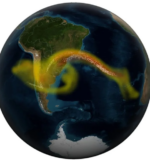
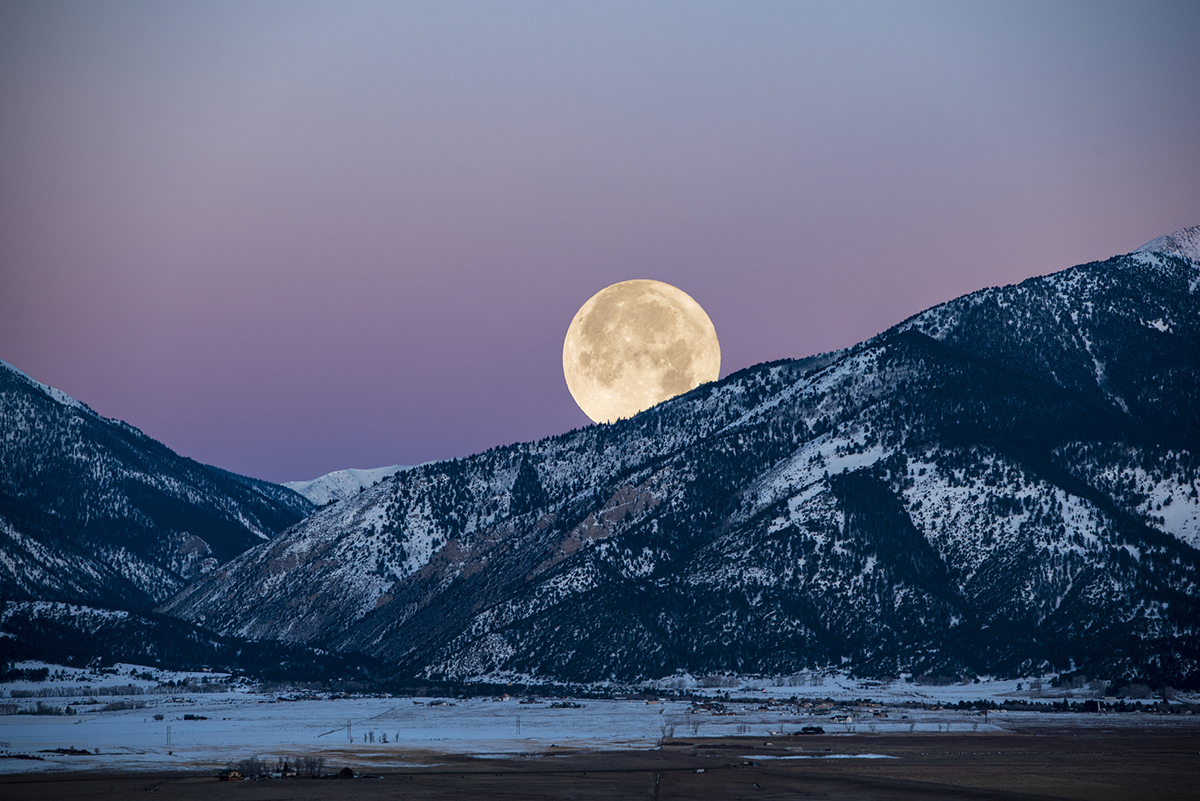
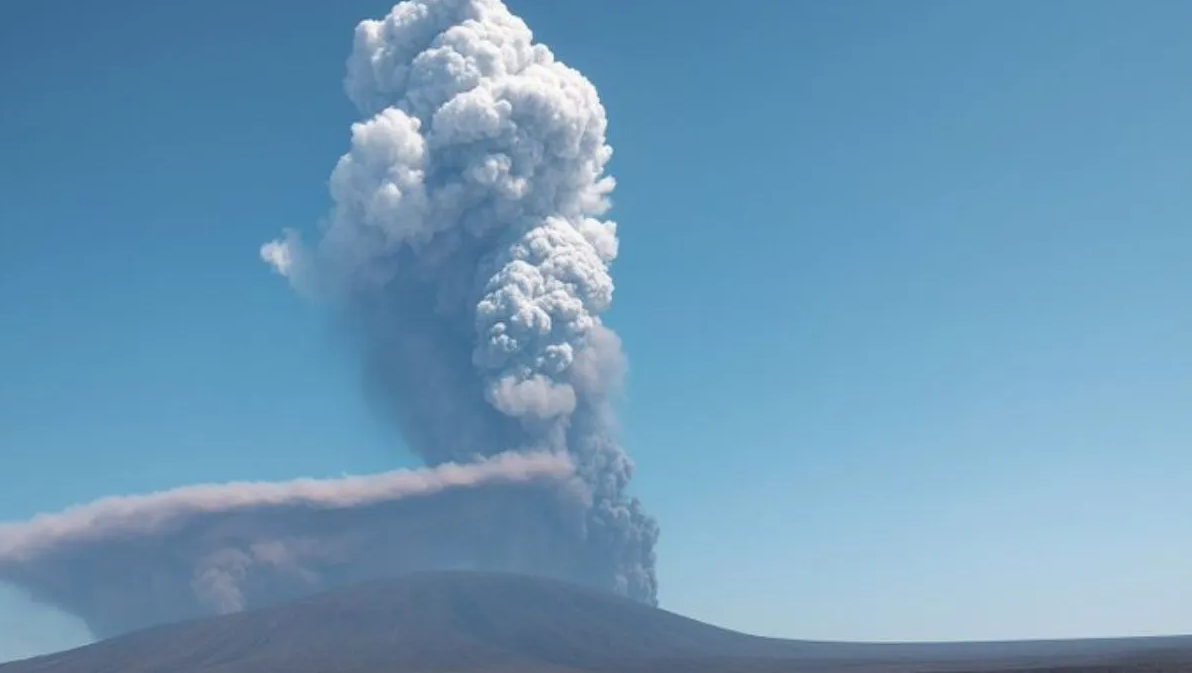
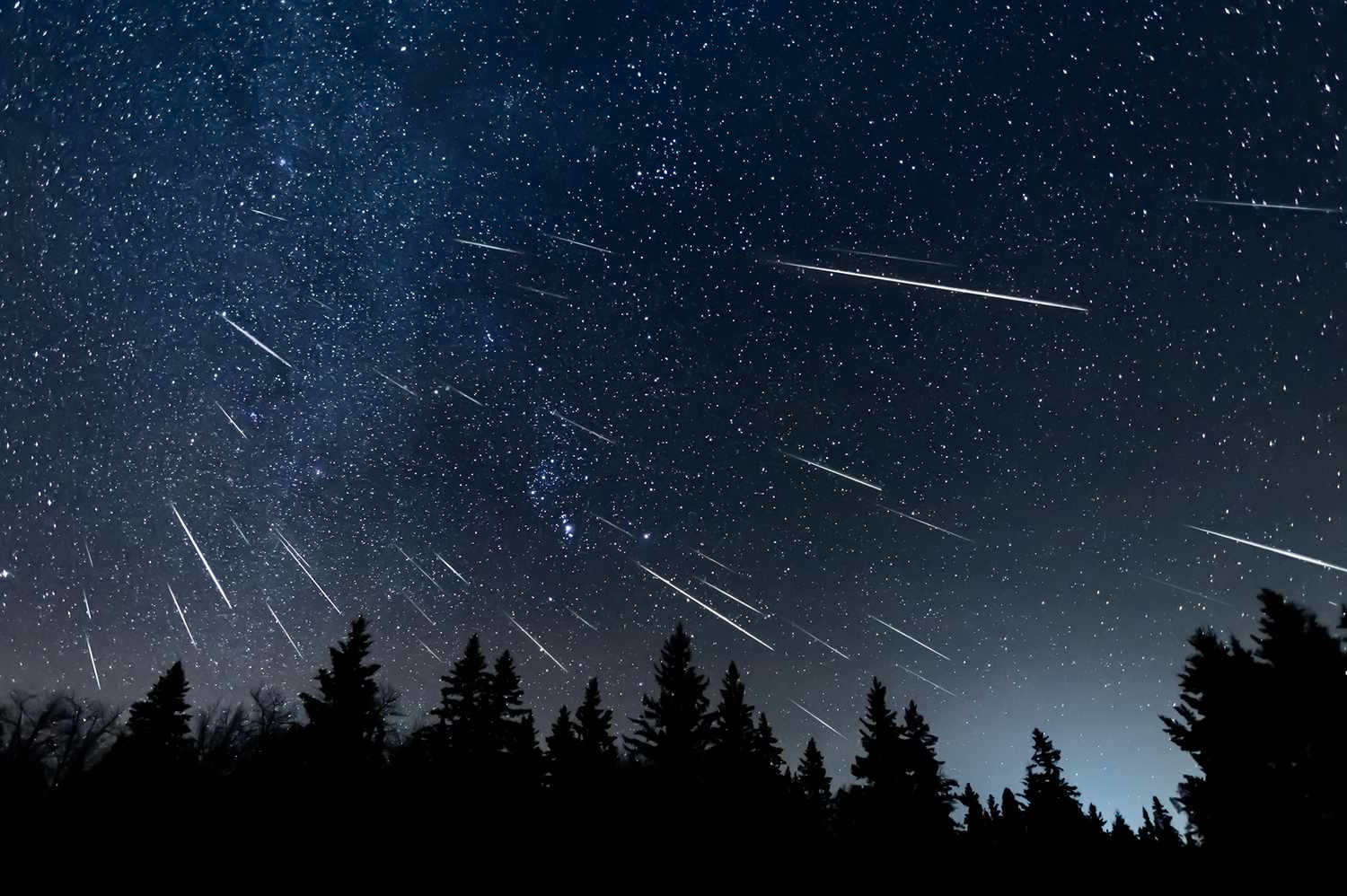
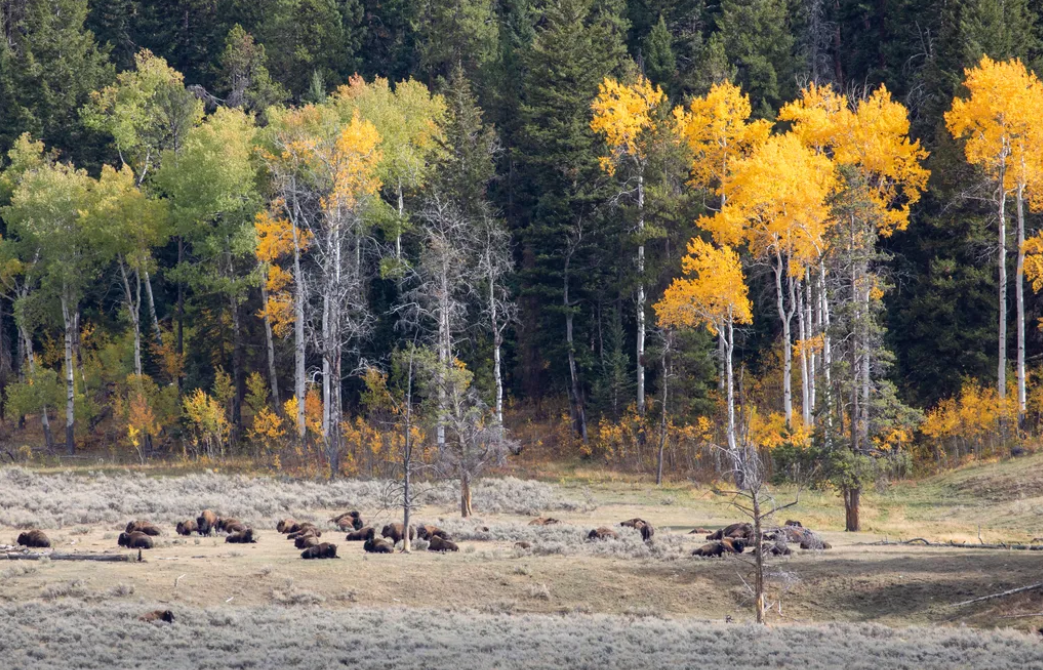
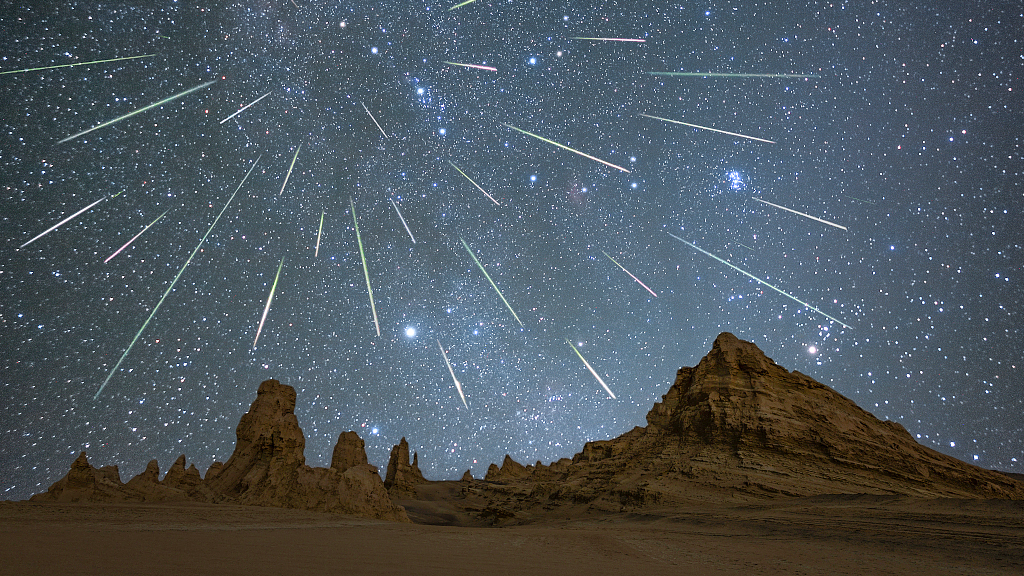
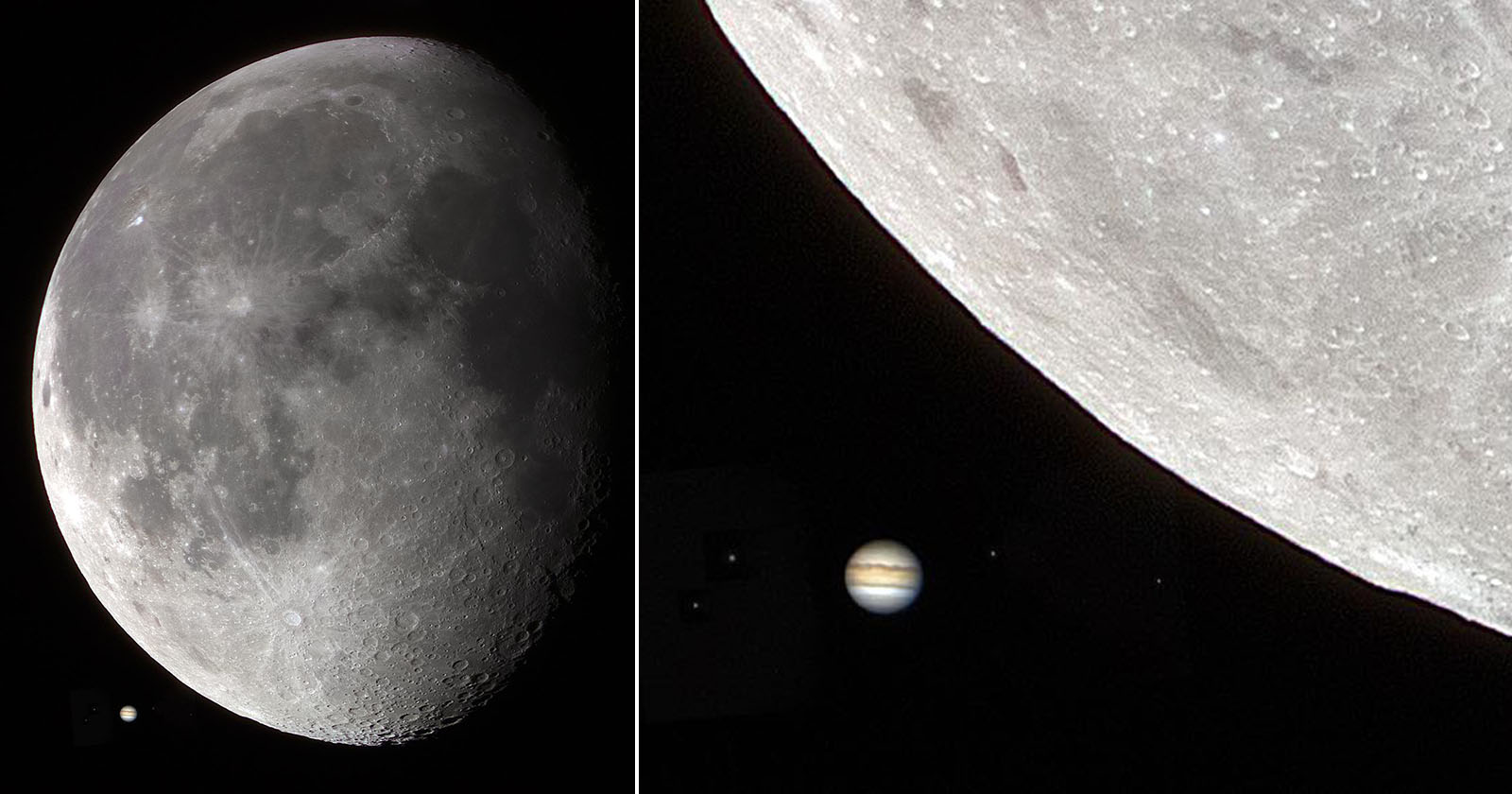
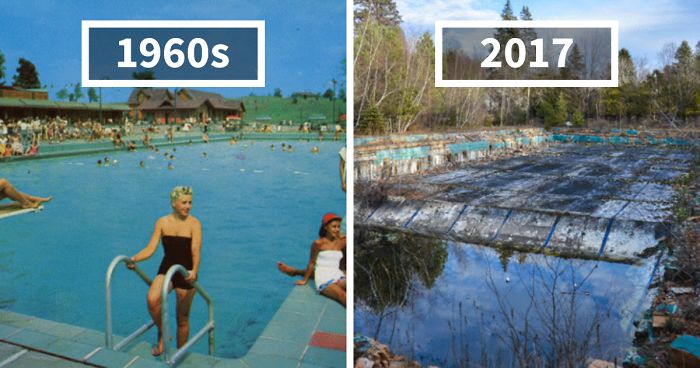 Photographer Finds Locations Of 1960s Postcards To See How They Look Today, And The Difference Is Unbelievable
Photographer Finds Locations Of 1960s Postcards To See How They Look Today, And The Difference Is Unbelievable  Hij zet 3 IKEA kastjes tegen elkaar aan en maakt dit voor zijn vrouw…Wat een gaaf resultaat!!
Hij zet 3 IKEA kastjes tegen elkaar aan en maakt dit voor zijn vrouw…Wat een gaaf resultaat!! 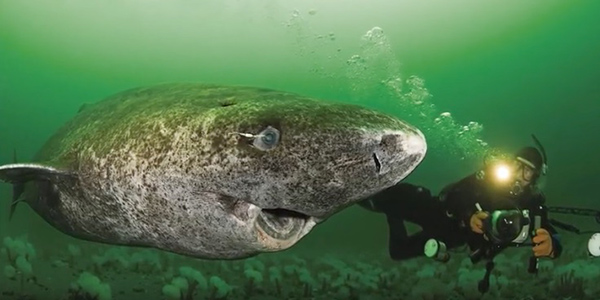 Scientists Discover 512-Year-Old Shark, Which Would Be The Oldest Living Vertebrate On The Planet
Scientists Discover 512-Year-Old Shark, Which Would Be The Oldest Living Vertebrate On The Planet 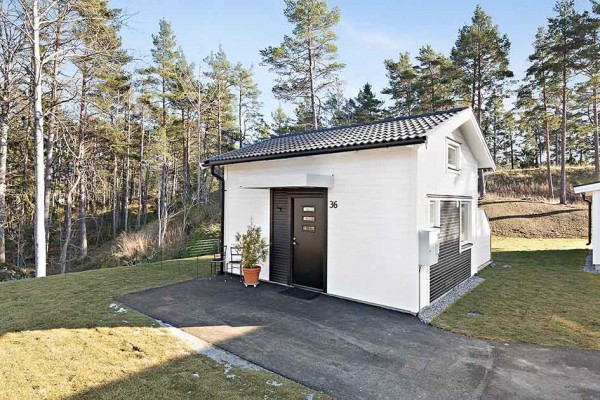 Hus til salg er kun 22 kvadratmeter – men vent til du ser det indvendigt
Hus til salg er kun 22 kvadratmeter – men vent til du ser det indvendigt  Superknepet – så blir snuskiga ugnsformen som ny igen!
Superknepet – så blir snuskiga ugnsformen som ny igen! 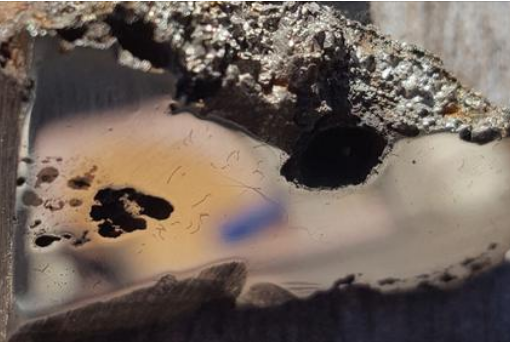 Meteorite That Recently Fell in Somalia Turns Out to Contain Two Minerals Never Before Seen on Earth
Meteorite That Recently Fell in Somalia Turns Out to Contain Two Minerals Never Before Seen on Earth  Nearly Frozen Waves Captured On Camera By Nantucket Photographer
Nearly Frozen Waves Captured On Camera By Nantucket Photographer  It’s Official: Astronomers Have Discovered another Earth
It’s Official: Astronomers Have Discovered another Earth 